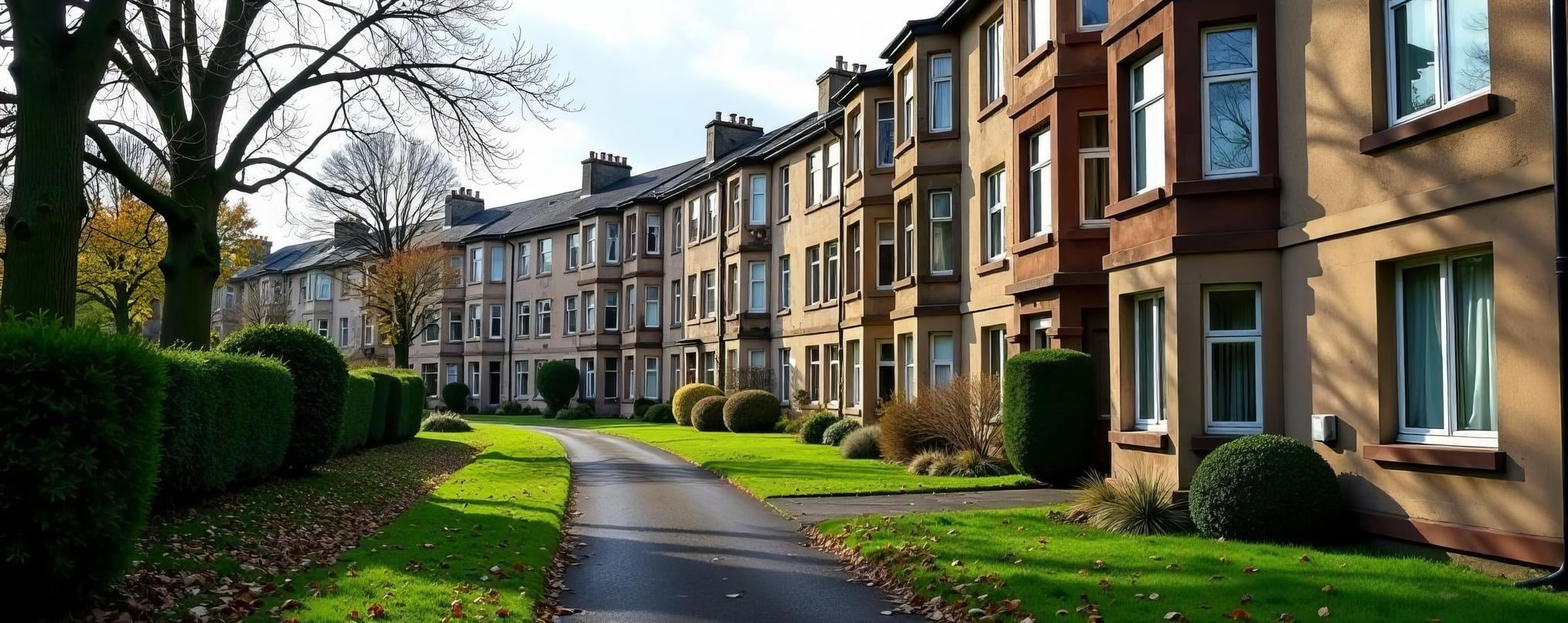A home energy assessment is one of the most effective ways for property owners to cut waste, reduce bills, and make practical progress toward sustainable living. By evaluating how a home uses and loses energy, an assessment identifies specific actions that lower consumption, improve comfort, and reduce environmental impact. It gives decision makers a data led plan for upgrades such as insulation, air sealing, efficient heating, and renewables that together reduce the home’s carbon footprint.
What a home energy assessment covers
A professional assessment looks across the building fabric, services, and everyday usage patterns. Typical checks include insulation performance in lofts and walls, air leakage points around junctions and openings, the condition and efficiency of heating and hot water systems, ventilation routes, and any visible moisture or mould risks. With this whole home view, the assessor can pinpoint where heat is being lost, where air movement is uncontrolled, and where systems are underperforming. The result is a prioritised list of measures that address root causes rather than treating symptoms.
How it supports sustainable living
Sustainability starts with using less energy to achieve the same or better comfort. An assessment highlights the most impactful steps to reduce demand, such as upgrading insulation and sealing unintended air leaks. It also guides choices on efficient heating, smarter controls, and when to consider renewable energy like solar. By following a clear plan, households reduce reliance on fossil fuels and cut emissions, which supports local and national climate goals. These targeted improvements usually deliver lower utility bills and a healthier indoor environment, which makes sustainable choices easier to maintain over time.
Comfort, health, and indoor air quality
Comfort is a key outcome for residents. Better insulation and airtightness create more stable room temperatures, which means fewer cold spots and less draught. Balanced ventilation protects indoor air quality by removing excess moisture and pollutants, which can help to prevent damp and mould. A well sequenced plan pairs airtightness improvements with appropriate ventilation so that efficiency gains never compromise the quality of the air inside the home. This integrated approach supports healthier living as well as lower energy use.
Practical savings and value
Energy savings are a common reason to commission an assessment. Because recommendations are tailored to the property, owners can invest in the measures that deliver the best return for their specific building type and occupancy. Reducing heat loss and improving system efficiency typically lead to measurable bill reductions. Over time, a home that is cheaper to run and more comfortable to live in can also be more attractive to buyers and tenants, which supports asset value. Financial incentives may be available to help implement the recommended measures, and an assessment provides the evidence to access them.
From findings to action
The most effective assessments translate findings into a clear, staged roadmap. A common sequence is fabric first, then right size and upgrade heating, then optimise ventilation and controls, and finally consider renewables and storage. This avoids duplication and ensures that each step enables the next. For example, reducing heat loss first means a future low carbon heating system can be smaller and more efficient. The plan should include indicative costs, expected benefits, and any dependencies so that households can schedule works around budget and lifestyle while staying on the most efficient path.
Typical measures recommended
- Insulation improvements across lofts, cavity walls, and where suitable internal or external wall systems, to reduce heat transfer and stabilise temperatures.
- Air sealing at junctions, service penetrations, and around openings, to reduce uncontrolled air movement and discomfort.
- Heating system upgrades such as modern boilers or heat pumps selected and sized for the improved building, with smart controls to match occupancy patterns.
- Ventilation enhancements that maintain indoor air quality as airtightness improves, which helps to manage humidity and protect finishes.
- Renewable generation such as solar PV, potentially paired with battery storage, to reduce grid demand and future proof the home.
Alignment with wider sustainability goals
Improving a single home may seem small, yet the impact scales across a neighbourhood or portfolio. Home energy assessments encourage efficient behaviours, reduce peak demand on energy networks, and contribute to national emissions targets. They also build resilience by cutting exposure to energy price volatility. For organisations that manage multiple properties, consistent assessment methodology supports programme level planning and transparent reporting on carbon reduction and affordability outcomes.
Selecting the right delivery partner
Look for accredited assessors who take a whole house approach. The assessment should be evidence based, with clear diagnostics where useful, and the final report should prioritise measures by impact, cost, and practicality. It should also flag any moisture or ventilation risks and describe how recommendations will address them. A partner that can support design and delivery as well as assessment will help turn insights into completed works with quality assurance built in.
Key takeaways for property owners
A home energy assessment is a practical starting point for sustainable living. It identifies the most effective measures for your home, supports healthier indoor conditions, and provides a phased plan that delivers real savings and reduces emissions. With a clear roadmap and a qualified delivery partner, you can invest with confidence and move step by step toward a more efficient, comfortable, and resilient home.
